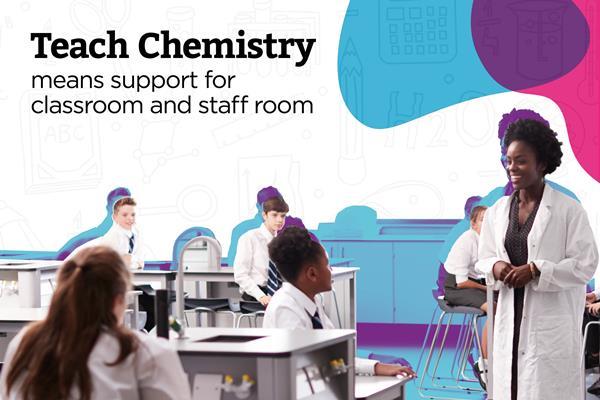Triangulation to tame the Triplet

Getting your students to think about how they learn
Johnstone’s Triangle, commonly known as the ‘Triplet’, refers to the three different levels of representation that operate in chemistry. In this model, students should be able to describe changes in macroscopic properties (colour/enthalpy changes); explain such changes at molecular or atomic levels; and use symbolic representations to communicate these changes.
In a new study, Gregory Thomas describes the impact of a teacher’s use of ‘triangulation’ to stimulate students’ reflection on the nature and use of the different levels of representation in supporting their learning.
Thanks for using Education in Chemistry. You can view one Education in Chemistry article per month as a visitor.

Register for Teach Chemistry for free, unlimited access
Registration is open to all teachers and technicians at secondary schools, colleges and teacher training institutions in the UK and Ireland.
Get all this, plus much more:
- unlimited access to resources, core practical videos and Education in Chemistry articles
- teacher well-being toolkit, personal development resources and online assessments
- applications for funding to support your lessons
Already a Teach Chemistry member? Sign in now.
Not eligible for Teach Chemistry? Sign up for a personal account instead, or you can also access all our resources with Royal Society of Chemistry membership.


